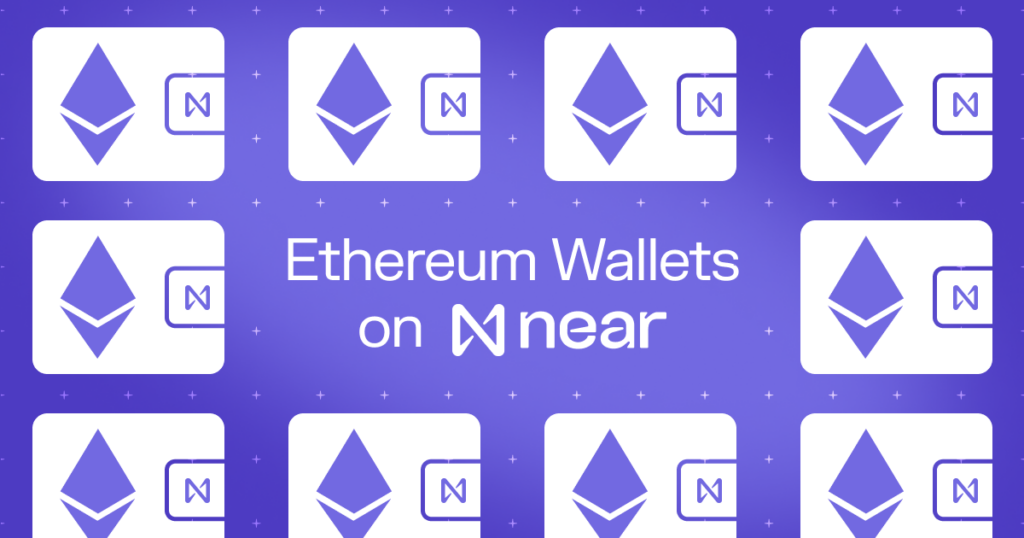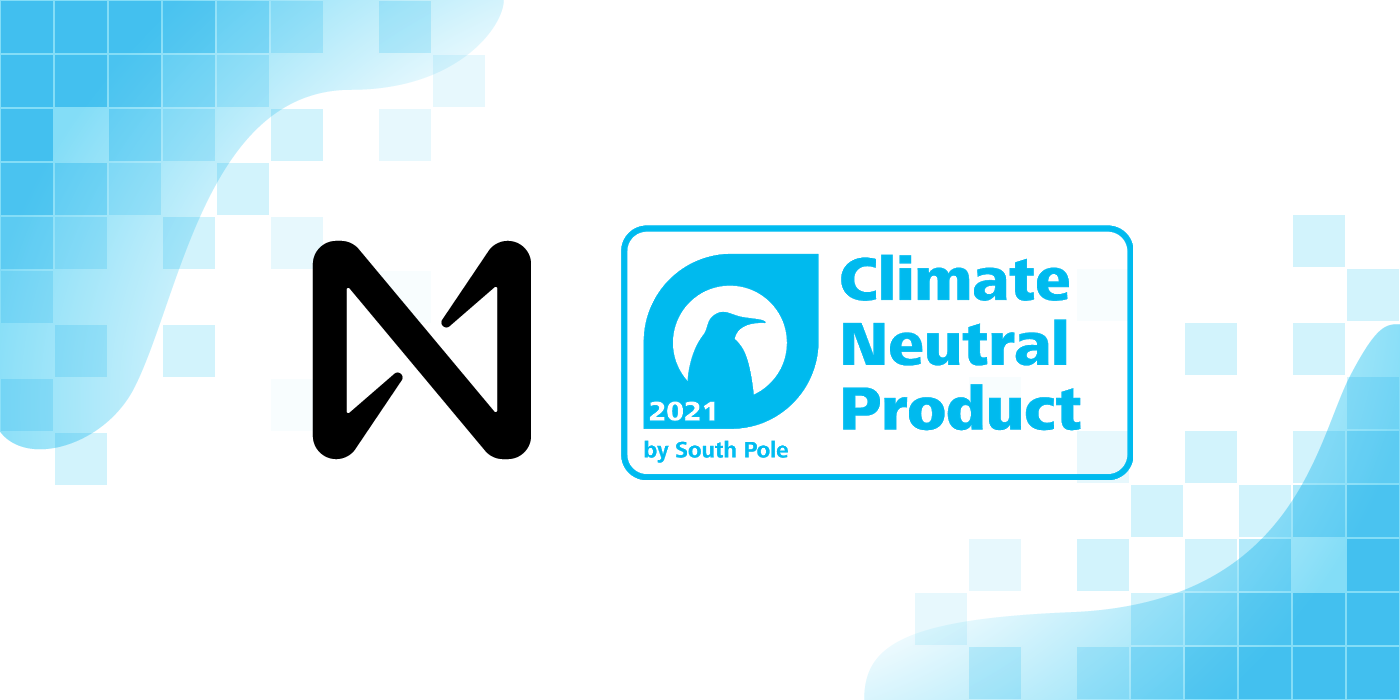NEAR Protocol Awarded the Climate Neutral Product Label
Post by Yessin Schiegg
Builders on NEAR, join us and offset your carbon footprint! How can a decentralized blockchain that uses energy be climate neutral? – It can, by a commitment to measure, reduce, and offset its carbon footprint with green projects. NEAR Protocol has been awarded the Climate Neutral Product Label from South Pole.
We, as human beings, are inherently a threat to our planet’s climate by emitting carbon dioxide (CO2) and other greenhouse gases. However, by making the right choices, we can create systems that reduce and even remove emissions and preserve a healthy environment. A tribe that plants more trees than it chops down may claim climate neutrality, even though its members are making fires. To sustain a healthy climate, we need to reach a net-zero level of emissions which involves reducing emissions as much as possible and then removing the remaining emissions either through nature-based solutions or technological solutions that draw CO2 out of the air. Otherwise, the level of greenhouse gases in the world’s atmosphere continues to increase, leading to global warming.
Technical carbon-capturing solutions are still rare and expensive. Currently, nature offers the only reasonably cost-effective carbon-capturing mechanism. Chlorophyll is the molecule that is vital for photosynthesis and renders our world green. It allows plants to absorb energy from light by capturing CO2 and emitting oxygen into the atmosphere.
Planting trees is a great solution, but it is wiser and less expensive to reduce carbon emission in the first place. Significant areas to start reducing carbon emissions are the systems that we control ourselves. If we cannot reduce our own carbon footprints, we can reduce the carbon footprint in other systems. For example, an airline can’t eliminate its carbon footprint with today’s technologies. Therefore, the airline could reduce the CO2 production by replacing the combustion engine-powered shuttle systems of its airports with green alternatives powered by renewable energy. If it becomes prohibitively expensive to reduce the carbon emissions in a particular system, resources can be transferred to another system to pay for the necessary reduction. This is essentially how carbon offsetting functions.
Saving the climate is not a matter of faith, as many believe in error. It’s a matter of science and commitment. Science helps us set the necessary targets, which we reach by measuring, reducing, removing, and offsetting carbon emissions. Measuring a company’s carbon footprint is not easy and never perfect. It’s nevertheless a great start to begin to understand the impact of your company on nature. The commitment to improve our situation then helps deploy the resources required to bring an emissions balance to our planet.
For a decentralized protocol like NEAR, it does not matter that not every participant is carbon neutral, but the network should be carbon neutral as a whole. NEAR Foundation engaged South Pole, the leading low-carbon project developer, and climate solutions provider, to measure NEAR Protocol’s carbon footprint and meet its climate neutrality commitment. By offsetting the first year’s emissions by supporting tree-planting projects and seeking to reduce avoidable emissions until the second accounting year, NEAR achieved South Pole’s Carbon Neutral Product Label 2021. The three green projects supported by NEAR are Kariba Forest Protection, Vegachi Forest Restoration, and Afognak Forest Carbon, as listed here.
South Pole assessed NEAR Protocol’s carbon footprint by considering the emissions of NEAR Foundation, the Members of NEAR’s Core Collective, the NEAR Validators, and the use phase of the Protocol (NEAR users initiating transactions). Following the Greenhouse Gas Protocol Standard, the scope of the footprint accounting encompassed both direct and indirect emissions associated with the NEAR Protocol: everything from electricity use, heating, and cooling, to purchased goods and services such as hardware and cloud services, to generated waste as well as travel, commuting and teleworking activities. Data that was not centrally available was surveyed, and South Pole critically reviewed the feedback and data before NEAR’s carbon footprint was calculated from these inputs. A surprise was that business travel and commuting by the Core Collective Members accounted for most of NEAR Protocol’s carbon emissions.
Simultaneously, the use phase, namely the online activity around transaction initiation, constitutes only a tiny fraction of the footprint. The emissions from validator activity play a significant role for NEAR’s indirect emissions relative to other categories. However, this needs to be understood in the light of an overall small footprint due to the advantages of a proof-of-stake protocol instead of proof-of-work. While NEAR’s footprint can be expected to increase with future scaling, both validator activity and use phase can be expected to stay by far below the enormous climate footprint of proof-of-work networks. This finding, therefore, supports the notion that proof-of-stake offers a more climate-friendly alternative to proof-of-work. The quantification of NEAR’s first footprint was done to the best available methodological knowledge. Due to the early stage of performing this for proof-of-stake blockchains, some future changes can be anticipated, and to be on the safe side, NEAR decided to compensate a bit more than was calculated by South Pole.
By pioneering climate-friendly solutions, NEAR Protocol attracts like-minded people who are seeking to commit to improving the climate too. While doing your transactions on the NEAR Protocol is offsetting CO2 already. But we are looking at innovative ways to take it a step further so that every project building on NEAR can easily measure and offset its carbon footprint! Plenty of ideas are emerging, and separate projects are currently being formalized. One of them could be very positive for the climate: With the upcoming release of the NFT platform Mintbase on NEAR, crypto artists will create NFT art pieces that thematize South Pole projects. The artists will then auction the NFTs off, and a large part of the proceeds will go directly to the CO2 compensation projects in developing countries. These projects are results-based, so a project only gets paid for its emission reduction once measured and verified by an independent 3rd party auditor.
If you would like to build on NEAR Protocol while offsetting your CO2 footprint, participate as an artist in the NFT project, or have an idea for any climate-friendly initiative, please reach us at [email protected]. We look forward to discussing with you how blockchain technology can help improve the world.
Share this:
Join the community:
Follow NEAR:
More posts from our blog



